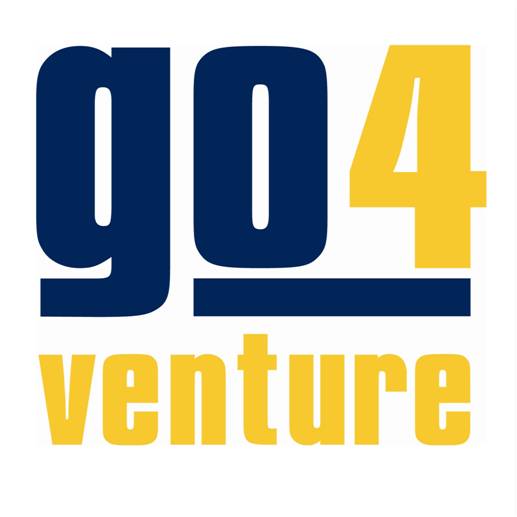
In its recent Monthly Bulletin the Go4Venture research team reports about an increasing risk appetite regarding venture investments.
The data presented in Go4Venture Advisers’ European Venture & Growth Equity Market Monthly Bulletin showed a tremendous level of activity for June , this time both in investments and on the exit front. At the mid-year point cumulative investment is now well ahead of 2012, by some 20% in terms of both number and value of deals. With respect to M&A, the monthly number of VC/PE-backed transactions is slowly creeping up, with 7 reported in June – the highest number ever – including two European deals making the World Top 5 chart – a first since the Go4Venture team started reporting M&A activity two years ago.
As European venture is getting better at what it does with the few active remaining funds expected to show great returns, everybody will want to get back into the market. The signs of optimism can be seen in the growing number of funds replenishing their coffers. In June alone, 3 European funds made progress:
- KLS Partners, a Paris-based life sciences fund, held its first close at €44mn, on its way to a targeted €75mn.
- UK-based IP Group announced its second £30mn (€34mn at today’s exchange rate) venture fund aiming to finance university spin-offs.
- Finally Ireland launched a €175mn fund of funds, managed by Enterprise Ireland and available for the financing of seed and venture capital funds.
But the authors of the bulletin still see some weaknesses of the European venture capital market. A study published jointly by DFJ Esprit and Go4Venture Advisers and picked up by TechCrunch, highlighted the role of tax incentives in spurring activity at the early stage, but lamented the lack of incentives to invest in follow-on B rounds. Europe has a lower follow-on rate compared to the US, as measured (by proxy) by the number of large rounds (>$5mn) vs. the number of smaller deals (a ratio of 1:1 in the US, vs. less than half in Europe). Clearly, syndicating the next round is much harder in Europe, driven by the geographic dispersion of investors, a more risk-averse culture, and a relatively small pool of VC-experienced managers making execution generally much slower.
June was actually a good month from that point of view, with follow-on financing representing the majority (6 out of 9) of the Large HTI transactions (more than £5mn/€7.5mn/$10mn). The same trends as in previous months were at work: internet services dominated the activity, with a number of transactions involving start-ups of the past 2-3 years that have executed successfully.
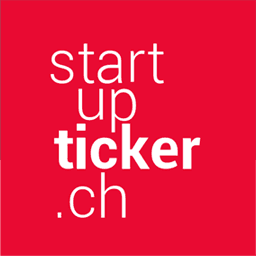


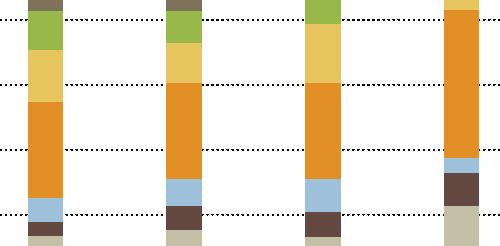




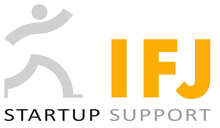




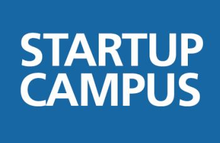




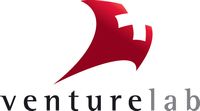









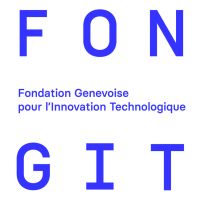











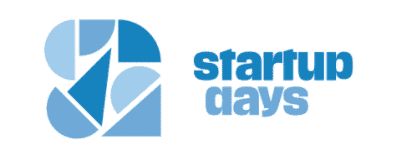








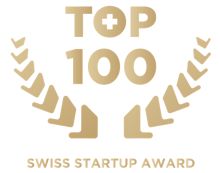





Please login or sign up to comment.
Commenting guidelines